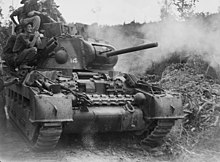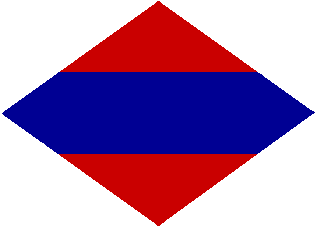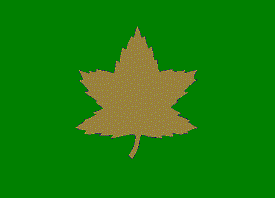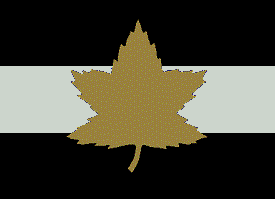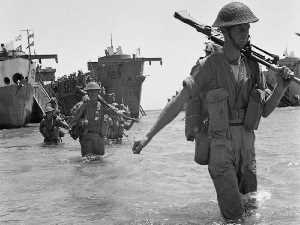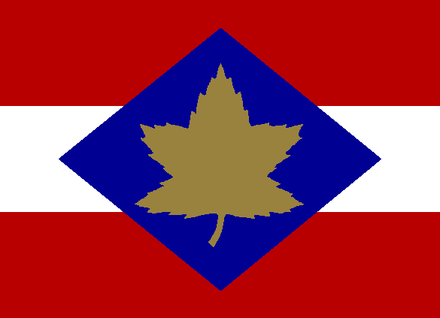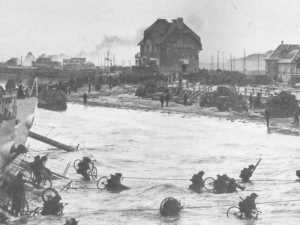
1st Canadian Infantry Division arrives in England and is posted to Aldershot. It arrives in two convoys having left Canada on 10 and 22 December 1939.
The division does not have any reconnaissance assets having left its divisional reconnaissance unit, the 1st Hussars, back in Canada due to the lack of armoured vehicles.
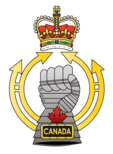
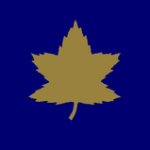
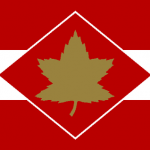
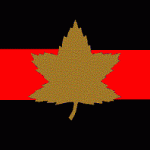

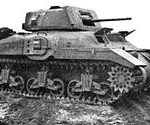
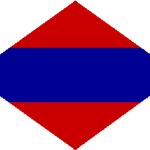
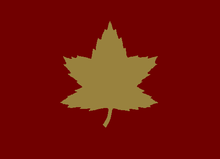
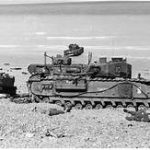
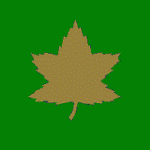

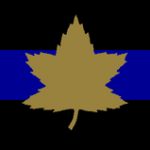



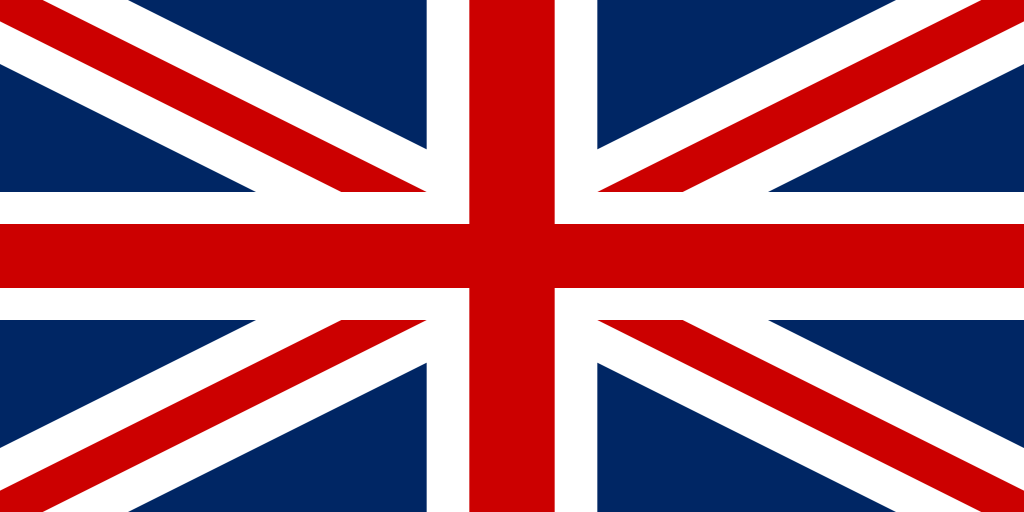

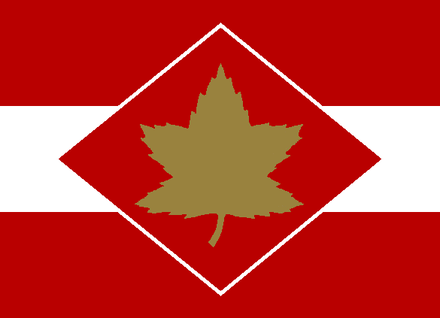
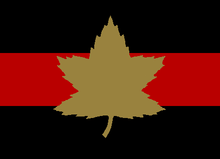
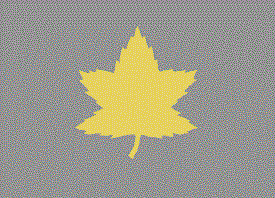
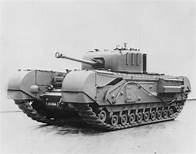 The Churchill Mk II tank was a interwar replacement for the Matilda and Valentine tanks of the era. This tank was the A20 and was designed to fight on the type of battlefields seen in the First World War. Lessons learned from the German advance through the lowlands stopped the development of the A20 and the A22 design was implemented. The Churchill was a more mobile infantry support tank with armour up to 4 inches thick and could cruise at 15mph. The Churchill entered production in June 1941.
The Churchill Mk II tank was a interwar replacement for the Matilda and Valentine tanks of the era. This tank was the A20 and was designed to fight on the type of battlefields seen in the First World War. Lessons learned from the German advance through the lowlands stopped the development of the A20 and the A22 design was implemented. The Churchill was a more mobile infantry support tank with armour up to 4 inches thick and could cruise at 15mph. The Churchill entered production in June 1941.